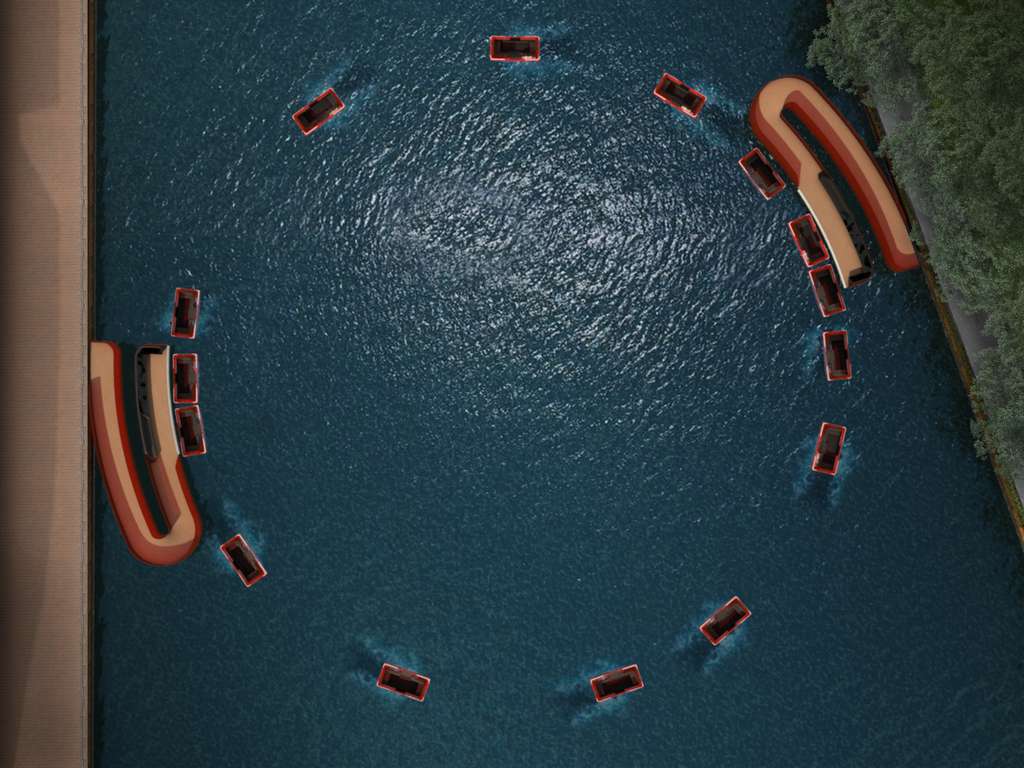Rather than building a solid bridge, the capital is considering a “robot-bridge” system where floating electric platforms make rounds in the water continues to connect the two banks of a canal. A concept developed by MIT that could also be used to build small pop-up markets or carry packages and goods.
After the first 3D printed metal bridge presented in 2018 by the start-up MX3D, Amsterdam intends to add a new string to its arc to cross its 165 channels that crisscross the city: ephemeral “bridge-robots”.
The idea is to use a fleet of autonomous mini-platforms that circle the water to move people from shore to shore as needed. This round around concept is a collaboration between the Massachusetts Institute of Technology (MIT) and the Amsterdam Institute for Advanced Metropolitan Solutions ( AMS Institute ).
It is initially intended to link the city center and the Nemo Science Museum to a newly developing area. It would reduce the crossing time to two minutes against the current ten minutes by detouring the existing bridges. A much cheaper concept than the construction of a hard bridge and more flexible, since it does not need to be present 24 hours a day.

Autonomous boats that follow a circular path and coordinate with each other
Each robot boat follows a pre-programmed route synchronized with the others to form a circle connecting two floating ramps, “bus stops” equipped with benches and an information system. As soon as an autonomous boat arrives at the dock, it connects to the ramp with laser guidance and the passenger embarks directly.
Each robot-boat is in principle able to carry 3 to 6 passengers, but it is entirely modular: one can thus enlarge or shrink it, add a staircase for disembarkation or chests for the transport of goods.
Equipped with four electric thrusters and Lidar ( Light Detection And Ranging or laser remote sensing), the boats are capable of maneuvering in 8 different directions and avoiding collisions when a boat navigating on the canal is approaching or an obstacle arises in the water.
Units that self-assemble to form platforms of different sizes
It has been more than five years since MIT worked on the development of the ” Roboat ” system (a contraction of robot and boat, boat in French). After having designed prototype platforms and carried out numerous tests in the pool, the researchers unveiled on August 29 a new algorithm for new configurations, with several boats connecting together, to form a real floating bridge or small islands. ” You can quickly create a linear platform or mini markets for flowers or food, ” says Daniela Rus, director of the artificial intelligence and computer lab at MIT.